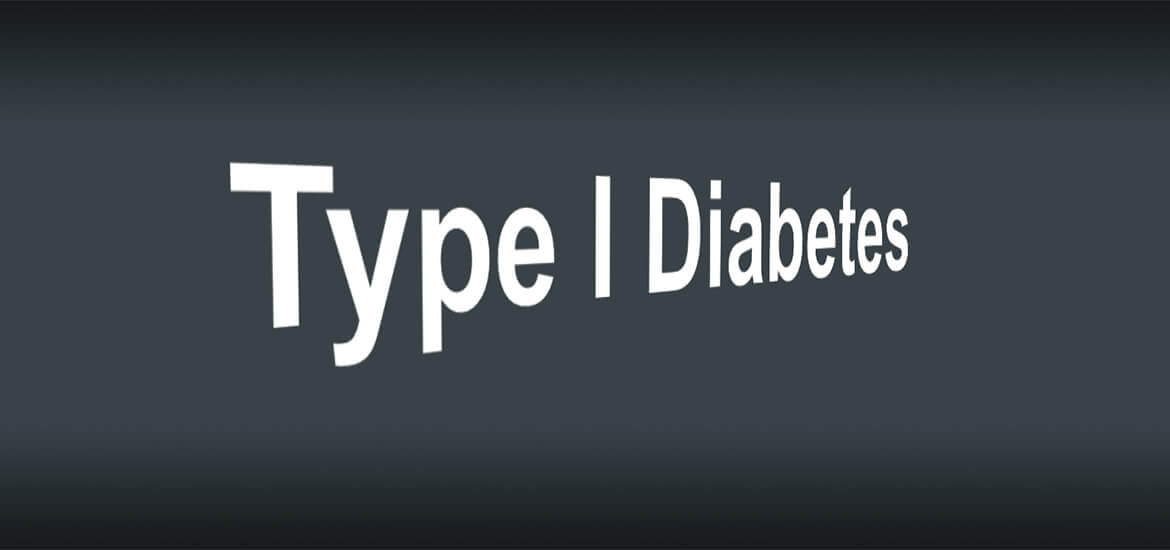Type 1 diabetes or commonly known as childhood diabetes, juvenile diabetes, or Insulin dependent diabetes, is a condition in which the pancreas does not make enough insulin that body needs. Unlike Type I diabetes, in Type II diabetes insulin is produced in the pancreas but it does not perform very well.
This lack of insulin in Type 1 diabetes requires taking insulin from an external source. Individuals with Type I diabetes must take insulin through an insulin syringe made of surgical steel with a sharp point. You might be wondering why Insulin cannot be taken as pill, tablet, or capsule. This is because Gastric acid or commonly known as the stomach acid would annihilate it. Eating healthy and exercising can help control Type I diabetes but taking insulin is a always necessary.
What Are The Most Common Signs of Type I Diabetes?
The most common signs of are:
- Frequent urination
- Constant thirst
- weight loss
Here is a list of other common signs of Type I diabetes, according to American Diabetes Association:
- Feeling very hungry
- Fatigue and weakness
- Blurred vision
- Cuts and bruises that are slow to heal
- Tingling, pain, or numbness in the hands or feet
What Causes Type I Diabetes?
After may years of study, the cause of Type I diabetes is now better understood. It’s believed that there are 3 reason why some one gets Type I diabetes:
- Genes responsible for diabetes are passed onto the child by both mother and father. More than half people with diabetes are known to have inherited Type I diabetes from their parents
- Body develops a self-immune system to destroy islet (eye-let) cells in the pancreas. Once islet cells are destroyed, the immune system distributes Islet Cell Antibodies, or ICA, in the blood.
- Certain gene makeup in the body allows a chemical or virus to get into the Islet cells and cause damage. When the damage has occurred the self-immune system is likely to begin destroying islet cells.

